Have you ever been at a bridge event and heard someone exclaim: ‘He Grosvenor’d me!’ They are referring to a Grosvenor Coup. Normally, they’ve just realised — too late — that an opponent played an idiotic card in defence that could have enabled them to make their contract. But because it didn’t occur to them that the opponent would make such a blunder, they got a false picture of the hand and chose a line of play that failed.
We’ve all been there. But in fact, a Grosvenor Coup doesn’t refer to a comically bad piece of defence at all. Quite the opposite: it’s a card played with mischievous intent. It was invented around 60 years ago by Philip Grosvenor for the sheer pleasure of annoying another player. In essence, you deliberately give declarer a chance to succeed in a game that’s doomed to fail, knowing he’ll assume that you would never have defended like that if it allowed the game to make — all for the sadistic glee being able to wind him up when he goes down.
Here is a famous example of the coup in action, said to have been played by Grosvenor himself (he was sitting East). There’s no record of the bidding (See diagram).
As you can see from the layout, the slam cannot legitimately be made. West led two top clubs, and declarer ruffed the second. He then cashed his two top spades and ruffed a third with dummy’s ♥J. At this point, of course, Grosvenor could have overruffed with his ♥Q to defeat the contract. Instead he discarded a diamond!
Declarer was now certain that the ♥Q was offside: there was therefore no point in finessing in trumps. He cashed the ♥AK, and when the queen didn’t fall, glumly turned to West to concede one down. ‘But the setting trick is over here,’ said Grosvenor, waving hid ♥Q in the air with a devilish grin.
Got something to add? Join the discussion and comment below.
Get 10 issues for just $10
Subscribe to The Spectator Australia today for the next 10 magazine issues, plus full online access, for just $10.
You might disagree with half of it, but you’ll enjoy reading all of it. Try your first month for free, then just $2 a week for the remainder of your first year.

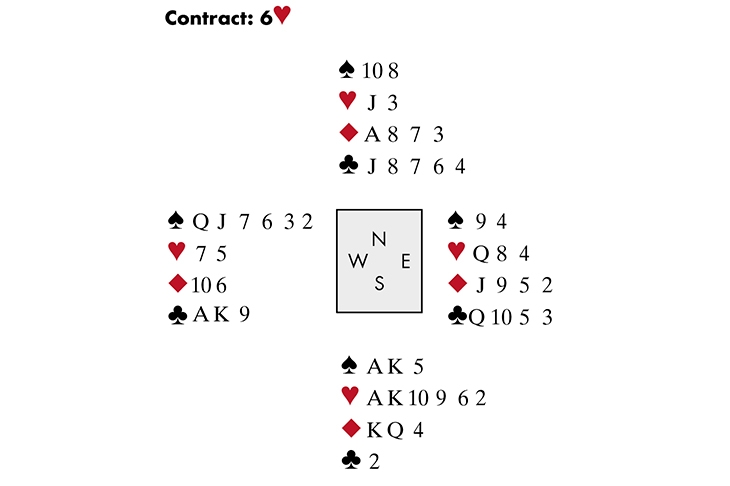
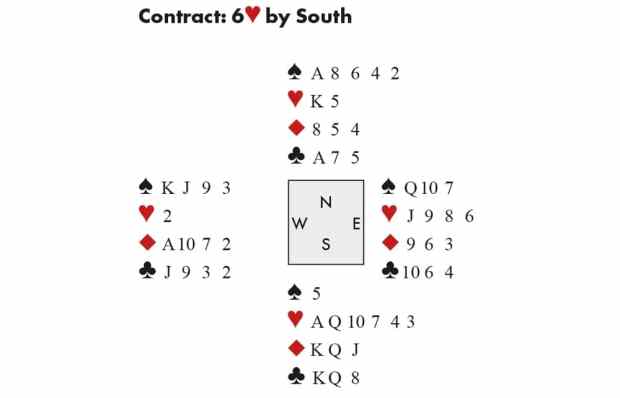
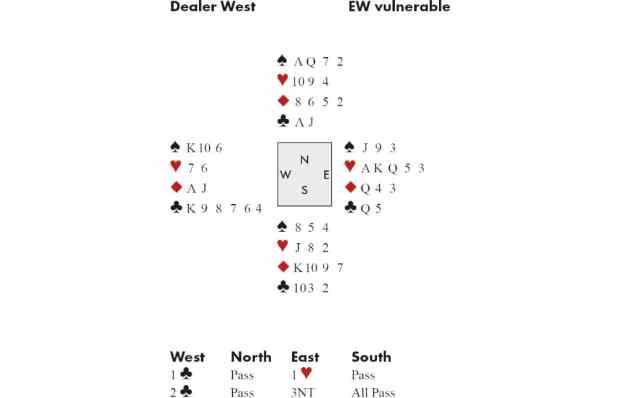
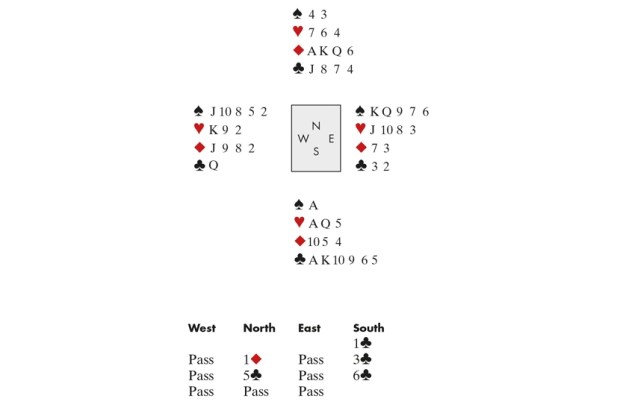
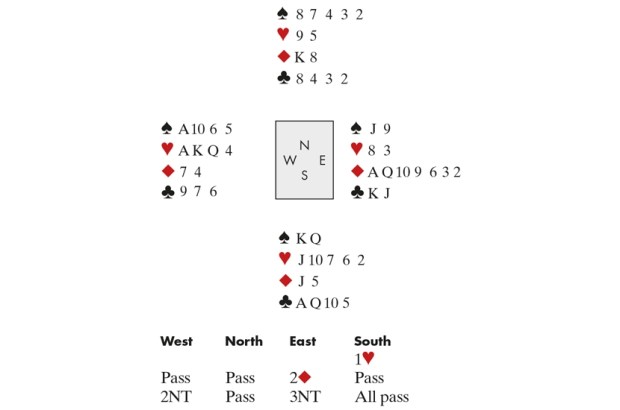
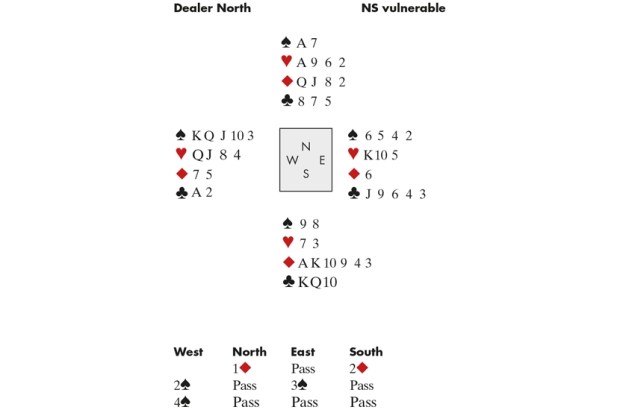
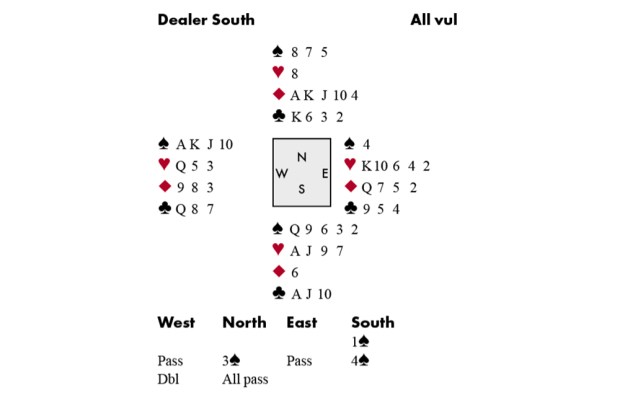






Comments
Don't miss out
Join the conversation with other Spectator Australia readers. Subscribe to leave a comment.
SUBSCRIBEAlready a subscriber? Log in